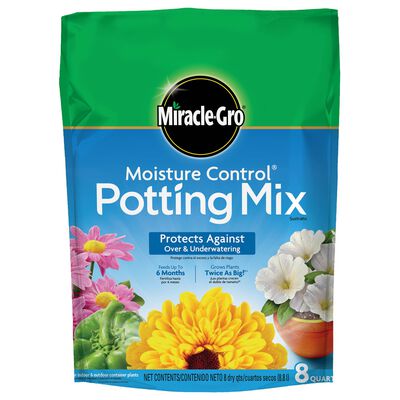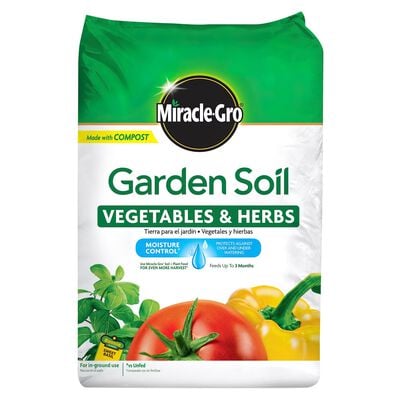
Globemallow Flowers for Your Desert Garden
This flowering herb is one of the easiest plants to grow.
Growing Globemallow
Globemallow prefers full sun, even in the deserts, but will grow well in light or filtered shade.

Given an abundant water supply, varieties of this rugged, multi-stemmed perennial can grow upwards of 3 feet tall and equally wide. Native to a wide swath of the desert Southwest from southern Nevada and Utah to Sonora and Baja California, globemallow often grows wild along roadsides and in abandoned fields.
Enjoy a Wide Array of Colors
Each cup-shaped globemallow flower grows on a stalk that rises up to a foot above the plant's foliage. Lucky for gardeners, the flowers don't open all at once, prolonging the bloom. Globemallow most commonly blooms in a light apricot color, but you can find varieties that feature pink, white, lavender and purple flowers. Nurseries in the Southwest have taken advantage of this diversity for years - many nurseries stock any color globemallow they can find, allowing varieties to bloom and cross freely. The result is an array of color forms, only a few of which have names. Named or not, they're all stunning.
Watering Globemallow
Globemallow knows how to grow on just natural rainfall, although if you water intermittently in the summer, you'll reduce stem loss. In the cooler seasons, water only during extended dry spells. Plants that receive too much water will grow huge and floppy and won't live long. The less you do for globemallow, the better it looks.
Caring for Globemallow Through the Year
Globemallow will survive cold spells to 10°F. The first spring bloom is the most abundant, but cut spent flowering stalks and you'll encourage another round of flowering. Remove dead stems annually in the fall and, every three or four years, cut your plants back severely in the fall or early winter to reinvigorate your flowers. They'll repay you in natural beauty.


